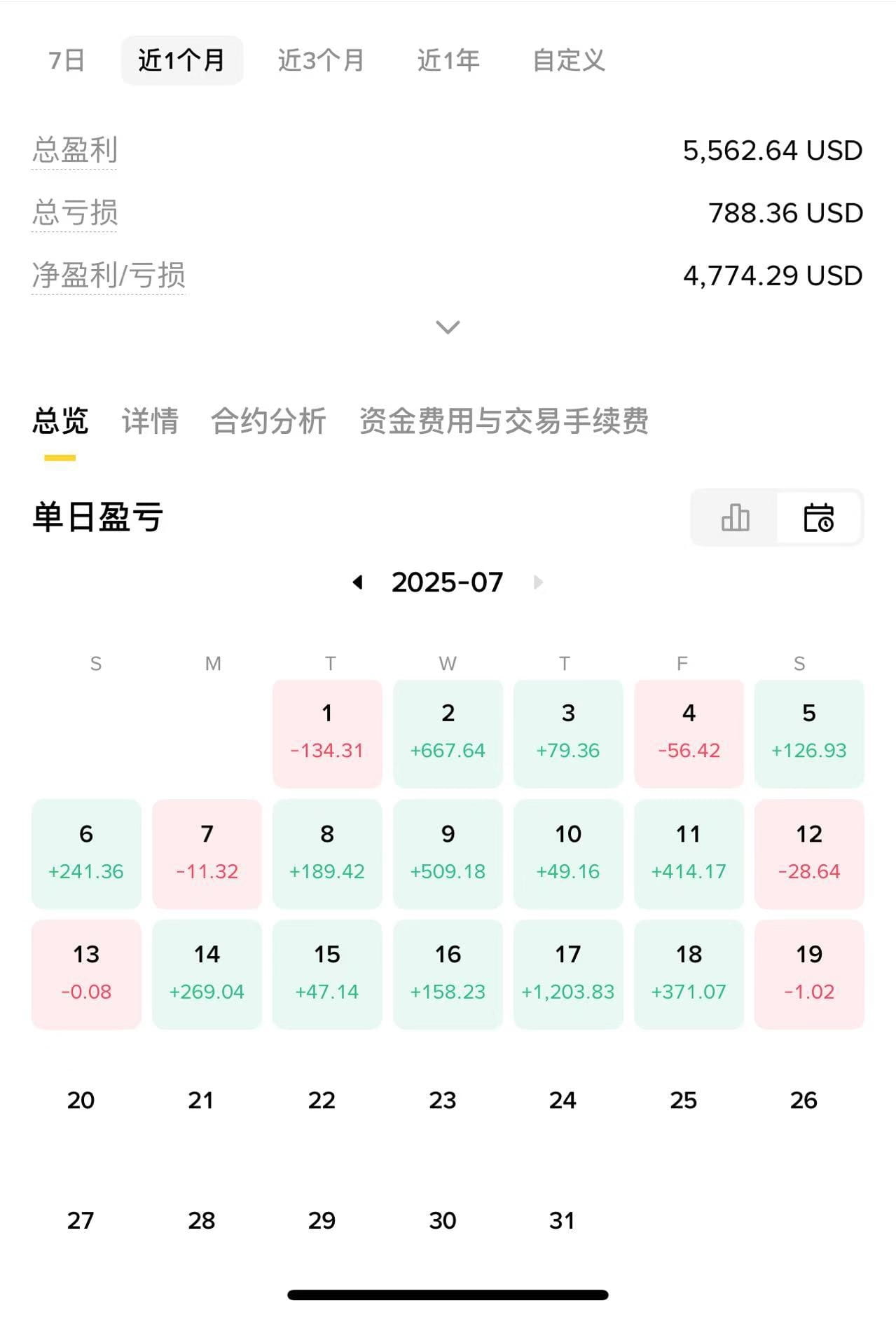Trading coins is not about being clever; it's about surviving.
From a retail trader who faced multiple liquidations to now earning steadily every year, I rely solely on this method. Simple, but effective, especially suitable for beginners and small capital.
1. Not taking action is the greatest discipline
Only place orders when seeing familiar patterns (candlestick patterns/indicator resonance); rest of the time, just take a break.
If you don't understand, don't act. Trading is not for the sake of trading, but for profit.
2. Avoid emotional trading during the day
Market conditions are more stable at night. During the day, news is mixed and capital flows are volatile, making it easy to be lured by false breakouts.
I usually choose to place orders after 9 PM; market trends are closer to real intentions.
3. Never wait for a 'full banquet' to take profits
Once profitable, immediately take some profits. For example, if I make 1000U, I will withdraw 300U first, and leave the rest for rolling.
Many people earn enough for a car, but end up selling their phones — all because they don't know when to take profits.
4. All decisions must have indicator endorsement
Before placing an order, I habitually check if the following three indicators resonate:
MACD Golden Cross/Dead Cross
RSI Overbought/Oversold
Bollinger Bands contracting/expanding
If any signal is unclear, give up the trade. It's not a must-do trade, never engage in it.
5. Dynamic stop-loss is a required course
When sitting in front of the computer, use 'trailing stop-loss':
For every 100U earned, raise the stop-loss by 50U to ensure not turning profits into losses.
If offline (e.g., going out/sleeping), set a fixed stop-loss line (within 5%) to prevent black swans.
6. Must 'distribute dividends' every Friday
Withdraw 30% of profits every Friday to develop the habit of 'locking in profits'.
The first step to stable profits is learning to 'take money' from the market.
7. When analyzing charts, be able to switch rhythms
When the market is strong and volatile, use the 1-hour chart for short trades;
If the market is stagnant and consolidating for a long time, look at the 4-hour or daily charts for medium-term opportunities.
Looking at images and maps: looking at the wrong time dimension = getting lost.
8. Never touch the three major 'red lines'
Leverage should not exceed 10 times (3 times for beginners);
Avoid 'shit coins' and 'meme coins' that have lost popularity;
Make a maximum of 3 trades per day; if trading frequently, it's like giving away money.
Conclusion:
True experts are often very calm. It's not that they are afraid to gamble, but they know how to survive is most important.
These methods are not metaphysics, nor speculation; they are experiences gained from years of lessons.
If you are also drifting in the market, consider saving this checklist and persist for 3 months to see.

